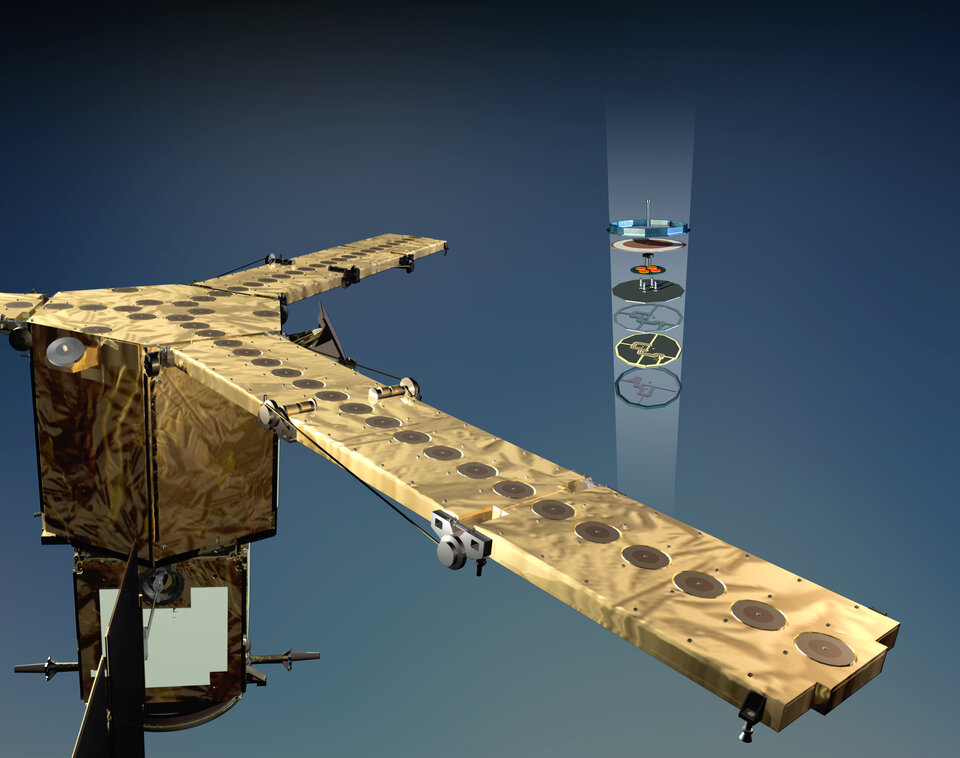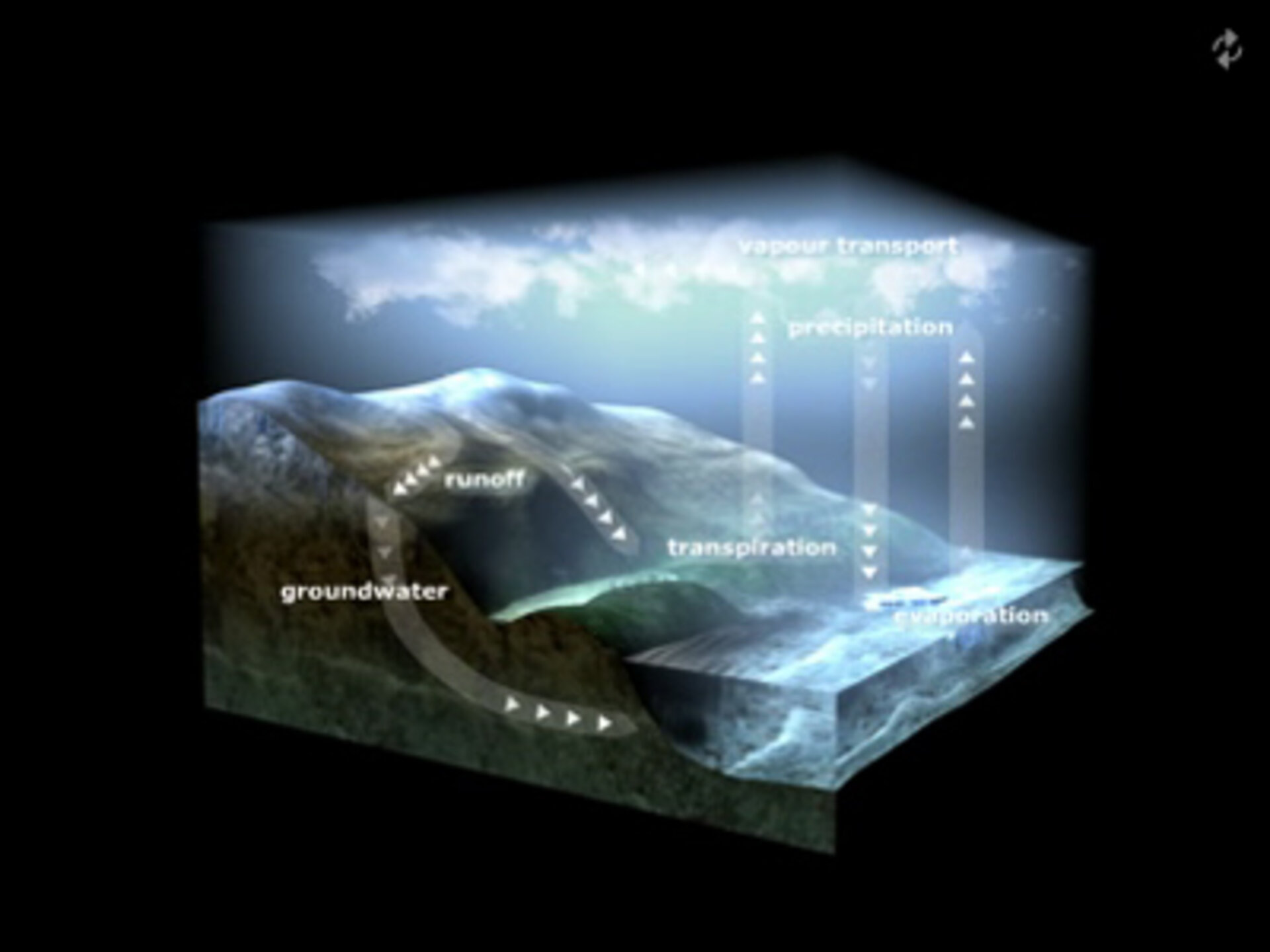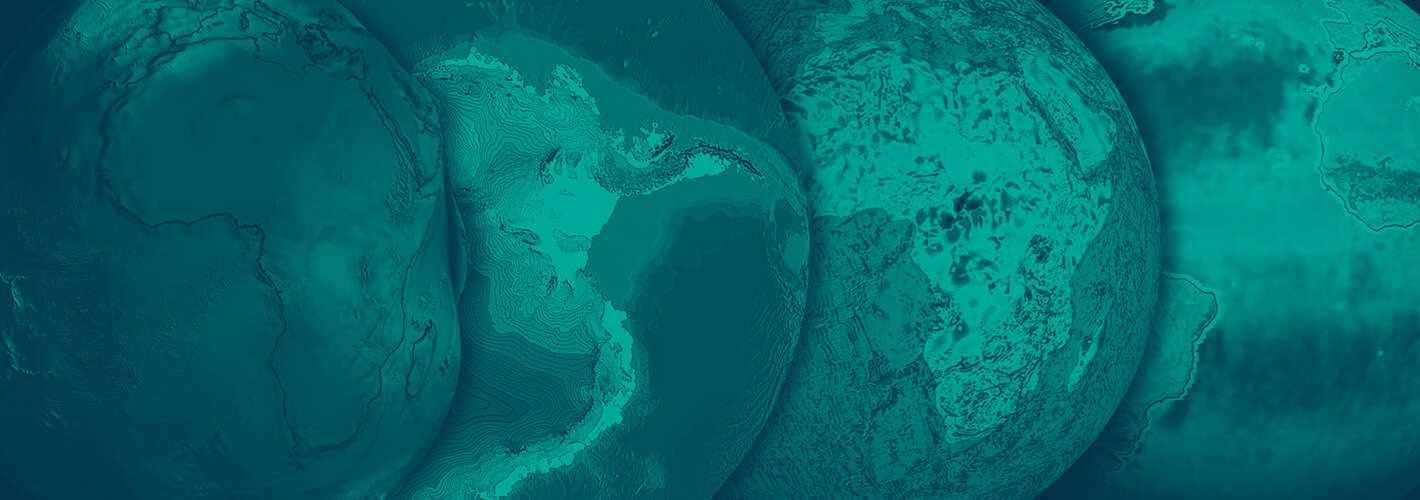The link between moisture in the soil and salt in the oceans explained
With the launch of the Earth Explorer Soil Moisture and Ocean Salinity (SMOS) satellite scheduled for the end of next year, a short video explaining the objectives and working principles of the mission has recently been released.
To watch the SMOS video please click here or click on the link in the right-hand column of this page.

Apart from being the substance on which all life on Earth depends, water plays the most fundamental role in our weather and climate. However, ever-growing demand and pollution threaten water supplies, and a changing climate is thought to be leading to an increased frequency of extreme weather events such as floods and drought. With these environmental issues a serious concern, the SMOS mission is dedicated to advancing our knowledge of the water cycle by providing the data to generate global maps of the moisture in the soil and salt in the oceans.
This information is urgently needed to understand more about the Earth's finite water resources and whether the cycle of water between the oceans, the atmosphere and the land is actually speeding up as a result of global warming. The data will also contribute to improving climate, weather and extreme-event forecasting.

The launch of the SMOS mission will also bring about the demonstration of new technology in space – a sophisticated interferometric radiometer called MIRAS (Microwave Imaging Radiometer using Aperture Synthesis). The MIRAS instrument, which was developed by EADS-CASA in Spain on behalf of ESA, has a large Y-shaped antenna that holds 69 separate antenna receivers to detect microwave radiation emitted from the surface of the Earth. This data can be translated into maps of soil moisture and salinity. The MIRAS payload will be carried on a platform called Proteus, developed by the French Space Agency CNES and Alcatel Space Industries.
SMOS was selected in 1999 as an Earth Explorer Opportunity Mission within ESA's Living Planet Programme. Earth Explorer missions encompass a new strategy for observing the Earth from space where missions are designed to address critical and specific issues that have been raised by the science community whilst demonstrating breakthrough technology in observing techniques.







